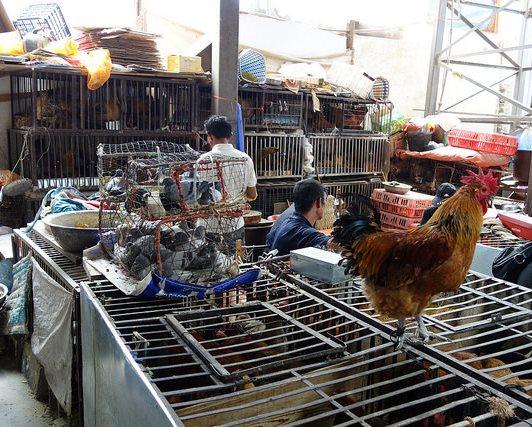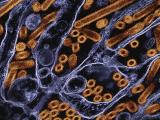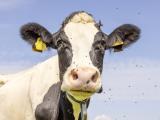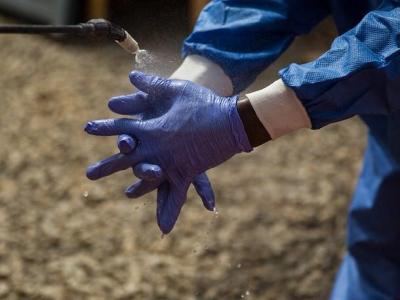The number of new H7N9 avian flu cases in China declined again this week, which if sustained would fit the pattern of a lull over the summer months. In US developments, the Centers for Disease Control and Prevention (CDC) said it has created a candidate vaccine virus.
Nine new cases in China
Nine cases were reported in China, eight of which involved contact with poultry or their environments, according to a regular update today from Hong Kong's Centre for Health Protection (CHP). The weekly total is down from 16 reported the previous week.
All the patients are men, ranging in age from 36 to 74. They hail from seven different provinces across a broad part of the country. The report didn't say if any of the illnesses were fatal.
China is in its fifth and biggest H7N9 wave, and the new cases push the number of infections this season to at least 713, at least 205 of them fatal.
Meanwhile, in H7N9 agricultural developments, H7N9 was detected for the first time in live-bird markets in Inner Mongolia province, part of an ongoing northward spread of the virus, according to a May 24 update from the United Nations Food and Agriculture Organization (FAO).
Positive poultry and environmental samples were from three different cities. So far no human cases have been reported in the province. Inner Mongolia mainly borders Mongolia, with a small part abutting Russia.
Candidate vaccine virus
Meanwhile, the US CDC said in a May 23 update on China's H7N9 developments that it has completed work on a new H7N9 candidate vaccine virus that matches a new lineage of the virus that has recently emerged in China.
Most of the recent H7N9 viruses from China belong to the Yangtze River Delta lineage, which shows reduced cross-reactivity to earlier candidate vaccine viruses, suggesting that stockpiled vaccines made with the earlier virus might not protect against the newly circulating viruses. The CDC is now coordinating shipment of the new candidate vaccine virus to manufacturers.
At a March meeting, World Health Organization advisors said two existing H7N9 vaccine strains didn't seem to protect against the new lineage, and they proposed the development of a new one.
Also, the CDC said an analysis of publicly available genetic data shows that about 10% of viruses from China's fifth wave have markers suggesting resistance to one or more neuraminidase inhibitors. In February, Taiwanese health officials reported resistance markers in a sample from a patient who contracted an infection in China.
See also:
May 26 CHP statement
May 24 FAO update
May 23 CDC update





















